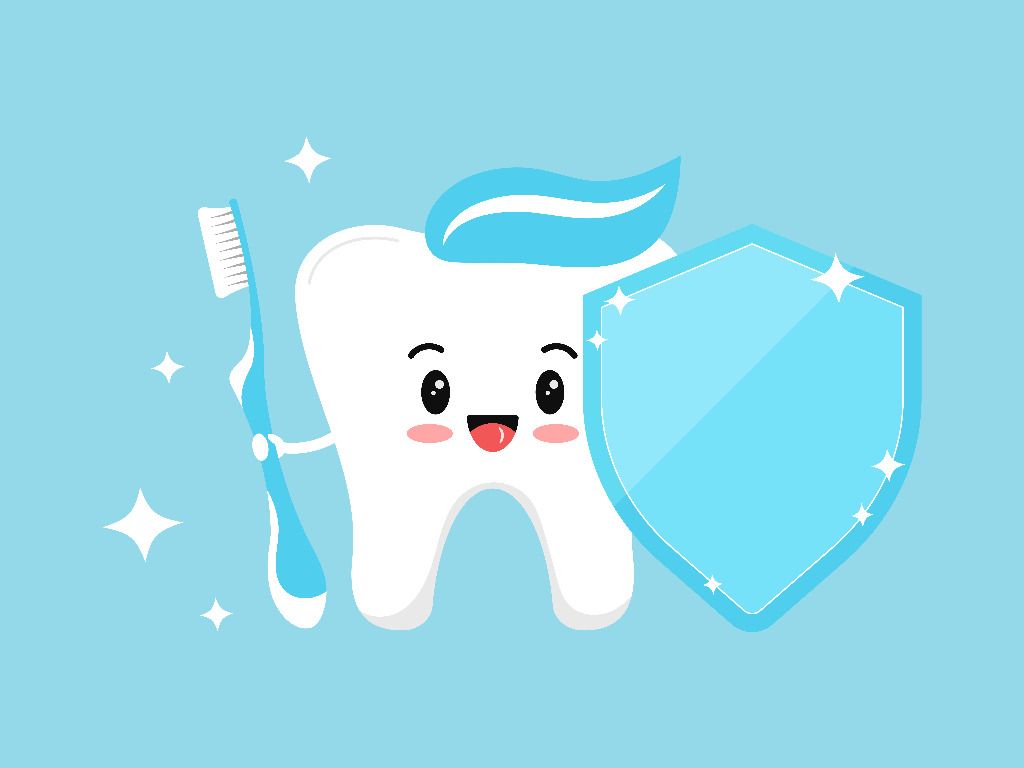Types of Oral Sedation That Are Safe for Young Children
- By Mary Marks
- •
- 13 Jan, 2023
- •

Going to a dental office with your child may not be pleasant. Going to the dentist also generates anxiety among adults (even if it's not justified!), let alone among children. Some small patients will vehemently oppose the treatment, but it still needs to be done.
In such cases, dentists may recommend oral sedation to be able to perform their work. Many parents are scared of this solution and wonder if it is necessary and what risks it entails.
There are several types of sedation dentistry Denver clinics offer including conscious sedation, but in the case of children, inhalosedation with nitrous oxide is recommended most often.
Nitrous oxide is a safe gas administered through a mask, which induces relaxation and cooperation. It is combined with oxygen and produces a calming effect, and the little patient will no longer feel fear or discomfort. It is worth mentioning that the airways remain open during sedation, and all functions are unaltered. The patient is very relaxed, speaks and thinks normally, and can collaborate with the doctor. At the end of the procedure, a little more oxygen is administered, and almost immediately, the gas is completely eliminated from the body.
Conscious sedation can also be done, without risks, with the help of certain drugs. Still, when it comes to children, it is practiced only in cases of extreme behavioral management problems (e.g., children with mental retardation, totally uncooperative, who may become violent, etc.).





Although oral sedation dentistry Highlands Ranch is one of the optionsavailable for managing anxiety and discomfort during oral surgery, you certainly do not need to use it all the time. As a matter of fact, the exact type of sedation or anesthesia that you receive during oral procedures may depend on various factors, such as the complexity of the procedure, your medical problems, as well as your doctor’s preferences.
There can be several different levels of sedation that can be used in oral surgery. Local anesthesia is one of them. This involves injecting anesthetic medication into the specific area where the surgery will take place. It numbs the area and is often used for less invasive procedures.
Oral sedation involves taking medication in the form of a pill to induce a state of relaxation and drowsiness. The patient is still conscious, but he/she may not be fully aware of the procedure. At any rate, sedation helps him/her get rid of anxiety.
In the case of intravenous sedation, medication is administered through a vein, which induces a deeper state of sedation than oral sedation. Patients may still be conscious, but they are less aware of their surroundings and may not remember the procedure.





